At Southern ENT Associates, we understand that proper balance and equilibrium are essential to your overall well-being. Our state-of-the-art balance testing services are designed to accurately diagnose vestibular (inner ear) disorders and provide personalized treatment plans for patients experiencing dizziness, vertigo, and other balance issues.

Types of Balance Tests
- Videonystagmography (VNG): Measures eye movements to assess vestibular (related to the “vestibule” of the inner ear that contributes to the ability to balance) function.
- Electronystagmography (ENG): Evaluates eye movements using electrodes placed around the eyes.
- Rotary Chair Test: Assesses how well the vestibular system responds to head movements.
- Posturography: Analyzes balance control and stability during various sensory conditions.
- Video Head Impulse Test (vHIT): Measures the vestibulo-ocular (ear to eye) reflex to assess inner ear function.

Why Choose Southern ENT Associates for Balance Testing?
At Southern ENT Associates, our experienced specialists use the most advanced diagnostic technology and evidence-based practices to assess and diagnose balance disorders accurately. We prioritize patient comfort and safety throughout testing, ensuring thorough evaluations and personalized treatment plans.


